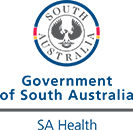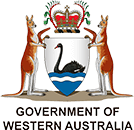How to perform CPR
CPR or cardiopulmonary resuscitation is first aid for when someone's heart has stopped or they’re not breathing. Learn when and how to perform CPR.
Read more
Defibrillators
A defibrillator can save someone's life if they have a cardiac arrest. Learn more about defibrillators and how to find and use one.
Read more
First Aid app
A free, easy-to-use app that gives you instant access to the information you need to know to handle the most common first aid emergencies.
Read more
First aid basics
First aid is what you do to help an injured or sick person immediately after an event. Learn about the 'DRSABCD' action plan and how to find a course.
Read more
Cardiac arrest
Cardiac arrest is when the heart stops beating, usually due to an electrical problem with the heart. Performing CPR and defibrillation in time can be lifesaving.
Read more
What to expect in a hospital intensive care unit (ICU)
The intensive care unit (ICU) provides 24-hour care from a highly-trained team of specialists. Learn more about what to expect from the ICU.
Read more
Paramedics
Paramedics help with serious accidents and injuries, treating many conditions. Learn about their roles, how they assist, and when you may need them.
Read more
Fainting
Fainting is a temporary loss of consciousness when the blood flow to the brain is reduced. See your doctor if you faint, especially the first time.
Read more
Chest injuries
A chest injury is any injury to your chest area, between your neck and abdomen (tummy). Read about the causes and signs of injury and what to do.
Read more
Spider bites
Find out what to do if you're bitten by a spider. Bites from funnel-web spiders, redback spiders and white tail spiders need different first aid.
Read more









